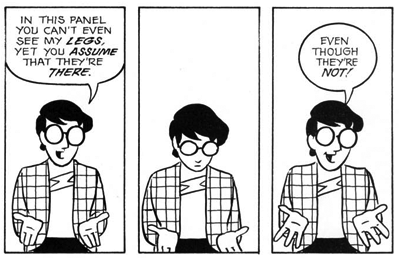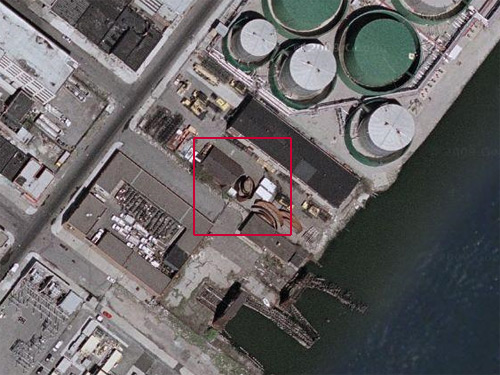
At many stops in the subway, mostly concentrated along the G and L lines (in NYC), you will notice ads that are slightly off. They range from super obvious alterations bordering on the juvenile need to leave your mark and spell out fart, to the more subtle pieces like above which make a comment on our world at large but always within the framework of advertising, after all that is their medium (quite literally).
I thought all of these ad alterings were just kids mucking around and occasionally, accidentally, they made something good. I guess there are a lot of copy cats out there, but it looks like the bulk of it is Poster Boy.
In addition to some great ad altering I also like the bright tape line boxes that he makes and the pieces that reference pixelation. Make sure you check out his full portfolio on flickr.
I think there is a fine line between pranks and art, and just because I appreciate these mostly as art doesn;t mean that they aren’t also acts of vandalism (or are breaking the law). Lot’s of art in the past was of an anti-establishment, prankish nature, just look at Duchamp, so there is a lot of precendent, but I’m still conflicted and I feel a lot of “street” art really is just pranks and uses the label “art” as an excuse. Maybe poster boy is just pranks I happen to like, or maybe time will show him to be a “famous legitimate artist.”
It also looks like Poster Boy occasionally collaborates with Jordan Seiler. I’m a fan of his more minimalist approach. Jordan is smart and he also knows what he is talking about when it comes to this kind of art which often has to cross the line into legally murky territory.
In fact, a couple of weeks ago (I think it is still there!), I noticed a really great piece at a gas station on 15th street and 10th ave:

I had no idea it was Jordan’s!
check out the woostercollective








